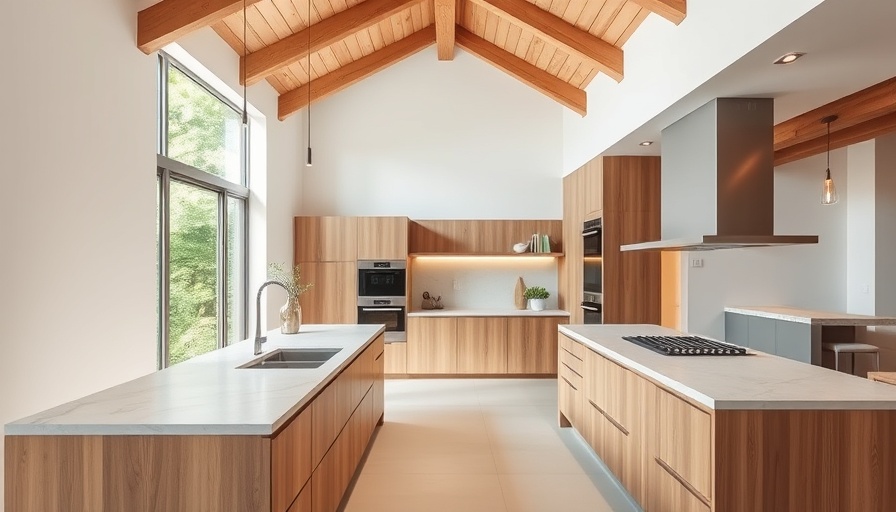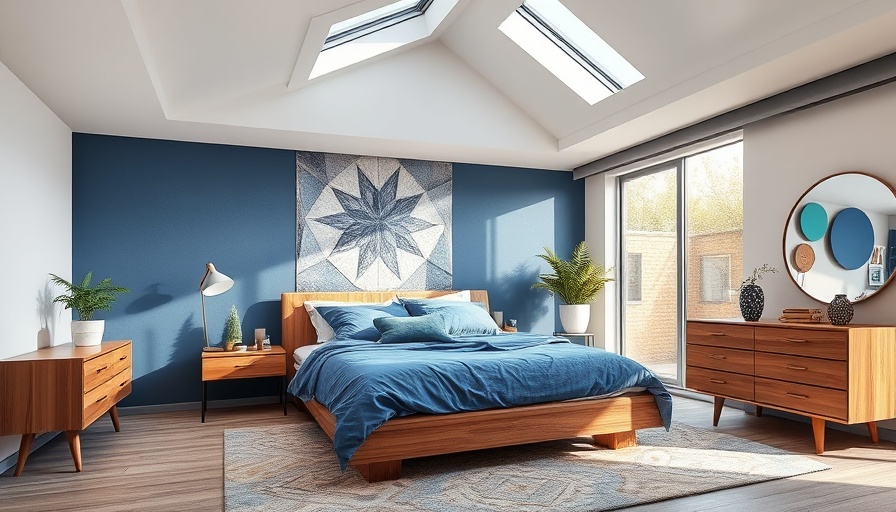
Understanding the Allure of Soapstone Countertops
When it comes to kitchen remodeling, the choice of materials plays a pivotal role in both functionality and style. Among the myriad of options available, soapstone countertops have emerged as a favored choice for homeowners. Known for its low maintenance and durable properties, soapstone offers a unique aesthetic that blends seamlessly into modern kitchen designs.
The Unique Qualities of Soapstone
Soapstone is often misunderstood; despite its name, there is no soap involved. This stone derives its name from its softness, mainly composed of talc, the softest mineral. As a natural stone, soapstone is mined in large sheets, much like granite, and most of the soapstone used in the U.S. comes from the Appalachian region, spanning from Maine to Georgia. This unique material boasts a range of colors, from serene grays to vibrant greens, and offers a tactile quality that is distinct from other countertops.
Practicality Meets Aesthetic Appeal
In kitchens, soapstone provides a strong yet gentle surface that resists heat and scratches. This durability makes soapstone ideal for high-traffic areas like countertops and sinks. Additionally, it has a non-porous surface, making it resistant to stains—an essential trait for any kitchen. Homeowners often appreciate that soapstone can easily be repaired: small scratches can be sanded down, and the stone’s natural oils can be reapplied to restore its luster.
Historical Context of Soapstone Usage
Interestingly, soapstone has a long history not just in homes but also in professional settings. It has been used for laboratory countertops in educational institutions due to its chemical resistance. This historical usage underscores the material’s reliability and utility in both casual and critical environments.
Kitchen Design Trends with Soapstone
As kitchens evolve into central hubs for family activity and entertaining, homeowners are increasingly choosing materials that enhance both function and style. Soapstone complements popular trends in home renovation, such as open layouts and minimalist decor. Its versatility allows it to pair beautifully with cabinetry, modern appliances, and even rustic wood accents.
Cost Considerations and Installation Insights
While the cost of soapstone countertops can vary based on quality and installation, they generally fall within a mid to high price range. Homeowners should consider not only the initial investment but also the long-term savings associated with their durability and minimal maintenance. Choosing experienced home contractors is crucial, as proper installation ensures the longevity of the countertops.
Future Trends: Soapstone in Home Renovations
Looking ahead, soapstone will likely continue to capture the attention of homeowners and designers alike. With increased interest in sustainable and natural materials, soapstone’s eco-friendly attributes may enhance its popularity. Not only is soapstone a natural stone, but its long lifespan also contributes to sustainable building practices as it reduces the frequency of replacement.
Common Misconceptions About Soapstone
A common myth surrounding soapstone is that it is too soft for kitchen use. In reality, while it is softer than granite, it is more than adequate for countertop applications if properly cared for. This softness allows for unique carvings and designs that can further personalize a kitchen.
Conclusion: The Right Choice for Your Kitchen
Ultimately, soapstone countertops provide a blend of aesthetics, durability, and eco-friendliness that appeals to many homeowners. As renovations become a more significant part of home ownership, considering materials like soapstone can lead to a kitchen that not only functions beautifully but also tells a story of thoughtful design and sustainability.
For those embarking on a home renovation journey, starting with the right materials can profoundly impact the overall project satisfaction. Soapstone stands out as a compelling choice in this regard, marrying practicality with elegance.
 Add Row
Add Row  Add
Add 




Write A Comment